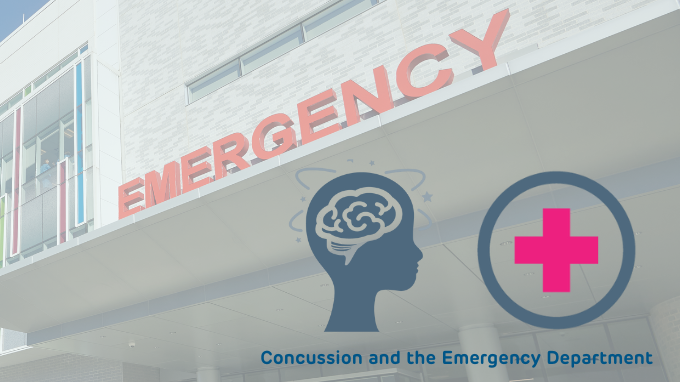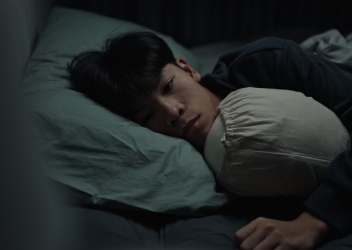Research In Action
Research In Action
Breadcrumb

Concussion is a common injury across the age spectrum, with a significant proportion of patients first seeking care in emergency departments (EDs). As an emergency medicine physician, one of my roles is to evaluate critical or life-threatening injury or illness (such as a brain bleed following head trauma). But, emergency physicians also play a large role in diagnosing and treating what may be viewed by some as more minor conditions.
Concussion is a perfect example of that paradigm; while not immediately life-threatening, concussions can cause significant morbidity and complications in patients of all ages. Data show the vast majority of patients diagnosed with concussion in EDs will never see another clinician (whether it be their primary care provider, a specialist, or another acute care provider) after they are discharged. Given this, emergency clinicians have a critical role in both accurately diagnosing as well as initiating targeted therapeutic strategies for concussion. As I often tell my emergency medicine colleagues, we may be the only clinician giving this patient concussion-specific advice. Studies have also shown that when we can identify concussion soon after the injury, and initiate therapeutic approaches such as early aerobic rehabilitation, our patients' outcomes are significantly improved.
The visio-vestibular examination for concussion (VVE) is an important tool for accomplishing these goals. The VVE, developed and refined here at Children’s Hospital of Philadelphia (CHOP), is a 2-3 minute series of physical examination maneuvers testing vision, eye tracking, and balance. A clinician can become proficient in its administration with relatively brief training, and we have validated its use in children as young as 5 years of age.
Over the past decade, the exam has been incorporated into the routine workflow of clinicians practicing in CHOP EDs, to where now nearly 80% of our patients with concussion will have a VVE performed upon diagnosis. Spending the time performing the examination can help emergency medicine clinicians more accurately diagnose a concussion, while also giving insight into potential treatment approaches and functional limitations the patient may experience in the days to come. Being able to share these findings with our patients can make a world of difference in their recovery, and get them back into their regular routines much more quickly.
Recently, I partnered with Kelly Sarmiento, the Director of Outreach Programs for the Brain Injury Association of America, and Dr. Christina Master, Co-Founding Director of the CHOP Minds Matter program, to author an article for ACEP Now, a publication of the American College of Emergency Physicians. The article highlights our work here at CHOP in pioneering the use of acute visio-vestibular testing for concussion patients, while providing tangible tips to support emergency medicine clinicians in incorporating the examination into their workflow.



